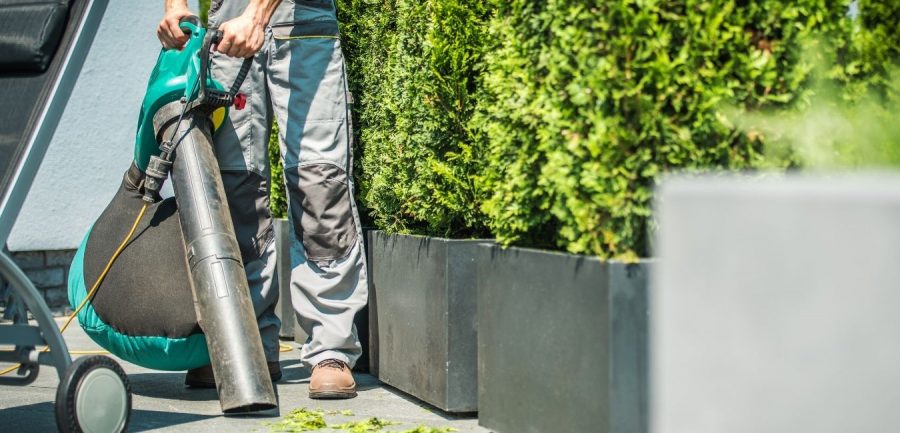How to clear an overgrown garden
Clearing an overgrown garden takes time, hard work and dedication. It’s definitely not a job for the faint-hearted. It can be hard to know where to start with reclaiming your overgrown garden.
If you don’t have the time or energy to dedicate to clearing your overgrown garden, it’s probably best to find a local gardener or garden clearance specialist. After all, they’re the experts in their field.
However, if you’ve decided to clear your overgrown garden yourself, we’ve put together our top tips to help you to know where to start with clearing an overgrown garden.
Clear any rubbish
First of all, clear any rubbish that might be laying around. This includes any garden furniture that you don’t want to keep, broken water features, damaged rainwater barrels, old tools or garden toys and any other rubbish.
Tackle your overgrown grass
First, use a trimmer to cut down your overgrown grass until it reaches six to eight inches of length. You’ll then need to leave the grass to recuperate for a few days.
After this, you can set your lawnmower to cut a third of the lawn’s current height. You should never cut more than a third of the length of your grass at once as it can damage the lawn. Mow the lawn with overlapping passes to ensure an even and uniform finish.
Trim back hedges
Overgrown hedges can make your garden feel much smaller than it is and contribute to a messy appearance. Trim back your hedges to quickly transform the appearance of your garden and get rid of that overgrown look. You may not have the tools for this, so its probably best to hire a gardener.
Identify plants you want to keep
Have a look at any plants in your garden and identify any that you’d like to keep. Many hardy perennials, shrubs and bushes can be revived with a little TLC.
Identifying plants that you want to keep early on in the process will allow you to protect them when you begin removing weeds.
Remove weeds
Removing weeds and dead plants from your overgrown garden is a gradual process which will take time. You can choose to get rid of your weeds manually using a fork or you can apply a weed killer to them.
Whichever option you choose, make sure you avoid those plants that you’ve chosen to keep. Chemical-free methods of weed removal are the best way to remove weeds without risking damage to surrounding plants that you want to keep.
Prepare your flowerbeds
Once you’ve removed any dead plants and weeds, you’ll need to prepare your flowerbeds. You may decide to solarise the soil of your flowerbeds by covering the areas with a plastic sheet from autumn, removing the sheet in early spring. This will help to remove any weeds whilst killing any pest insects, fungi or bacteria.
You’ll then need to dig over the planting sites, tilting the soil to improve its texture. Once this is complete, you’ll be ready to begin planting your new shrubs and plants.
To sum up
Clearing an overgrown garden is a long process which takes time and hard work. It’s often worth hiring a local garden clearance specialist to assist you in the process, particularly if you don’t have the time to dedicate to getting your garden up to scratch.
Share It on :





